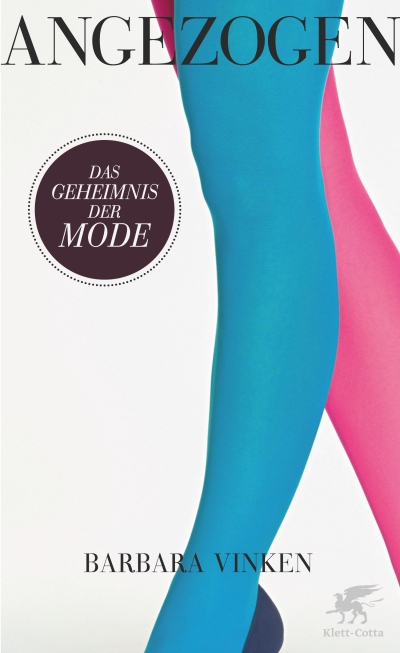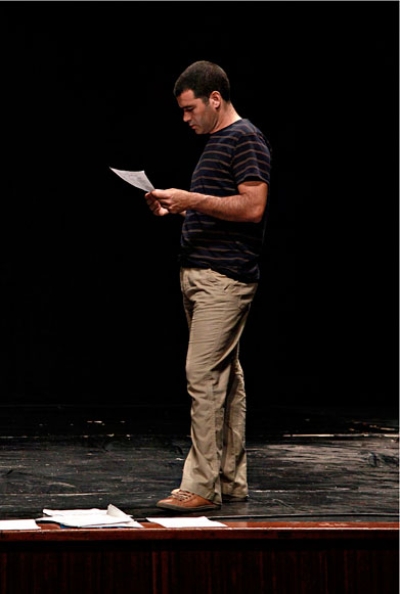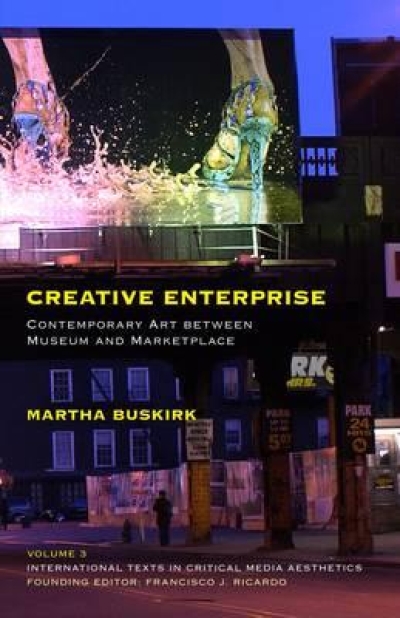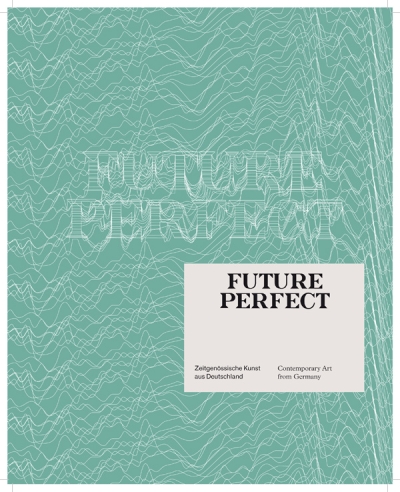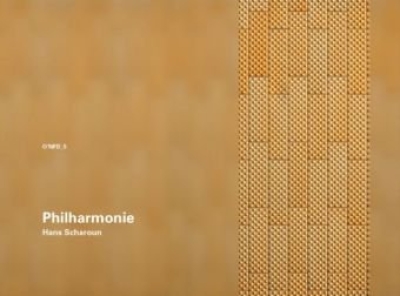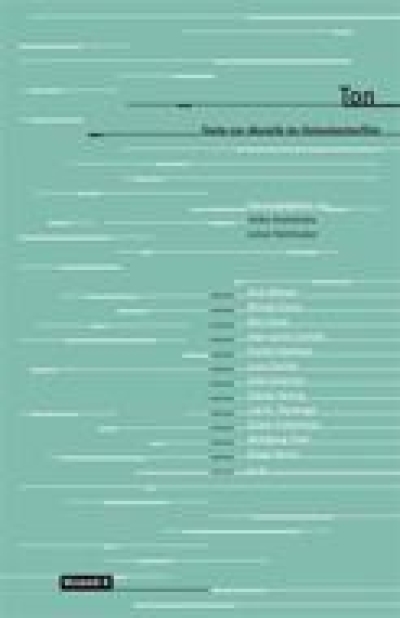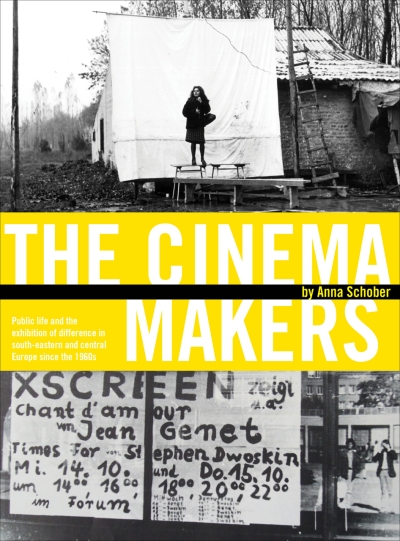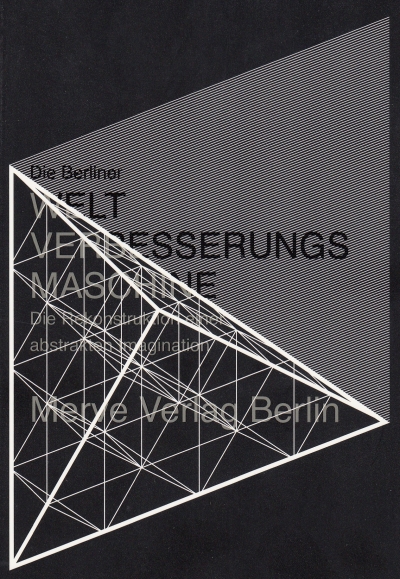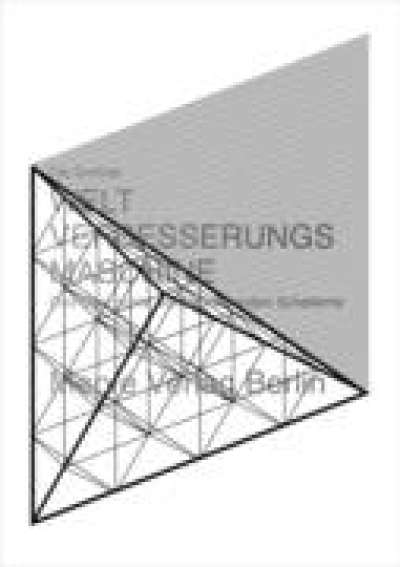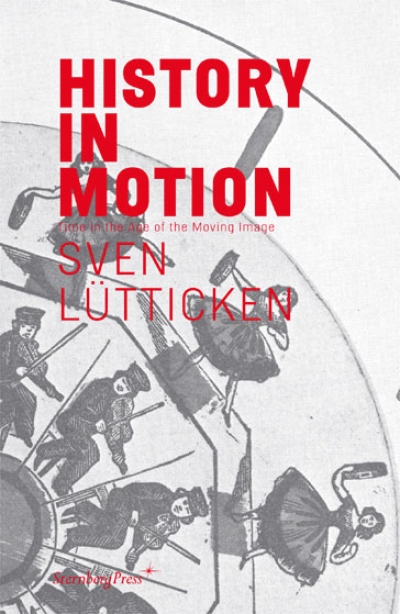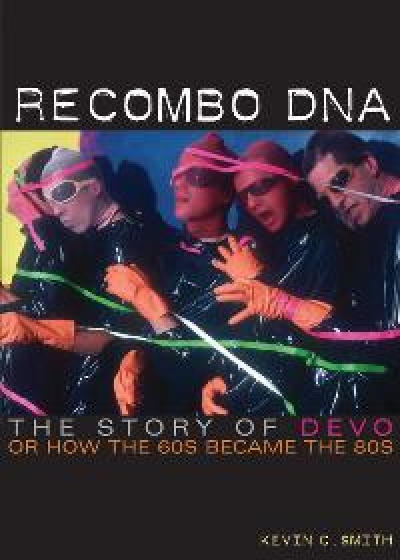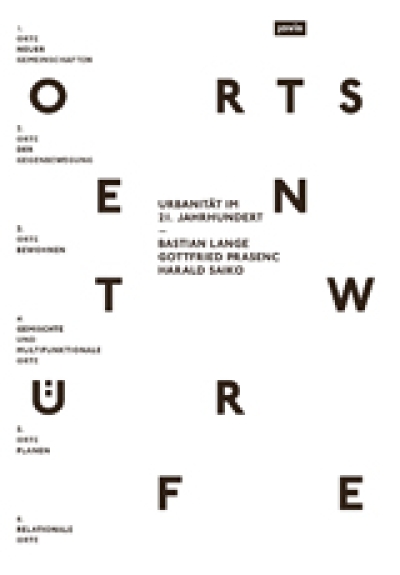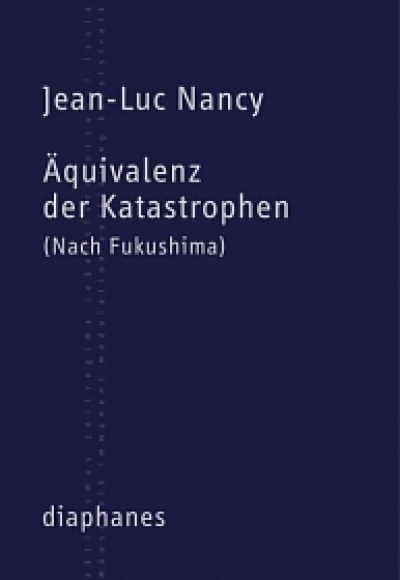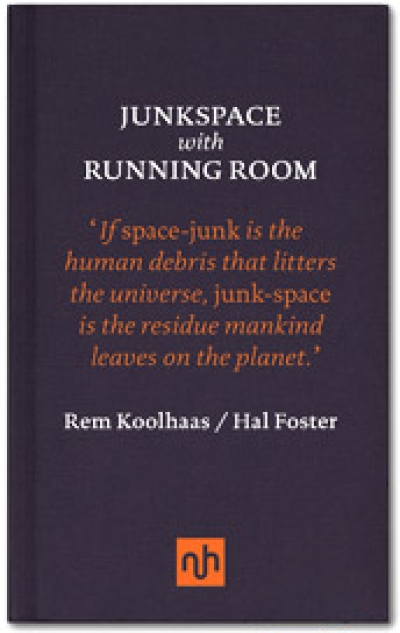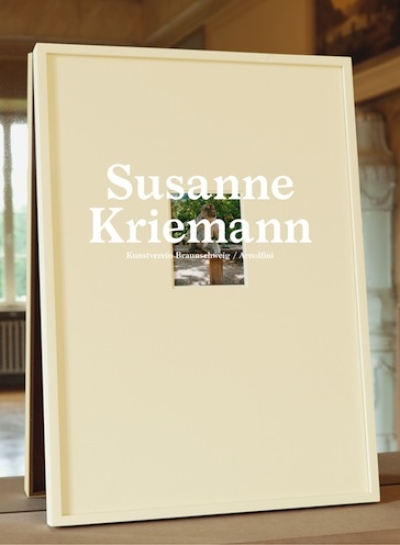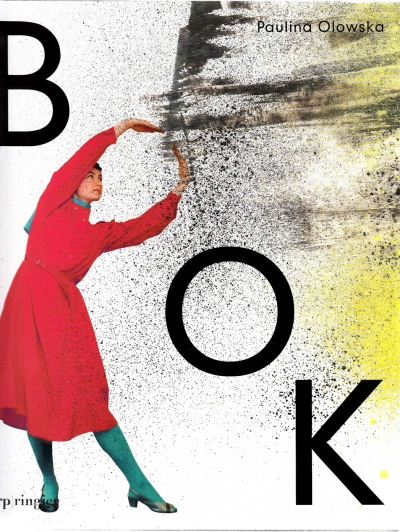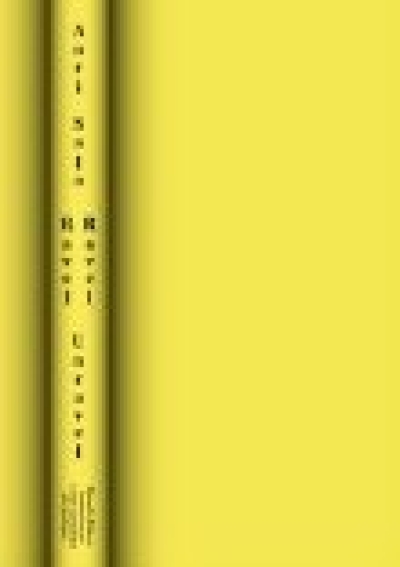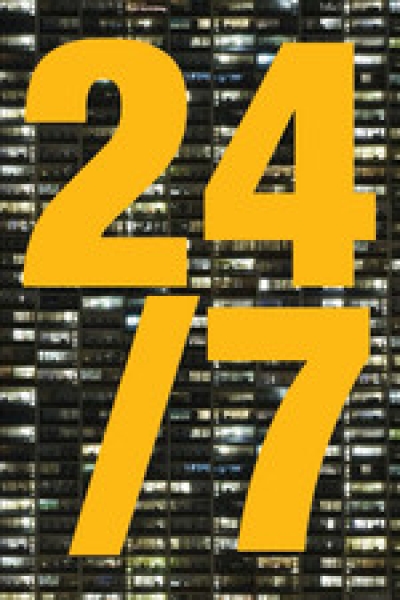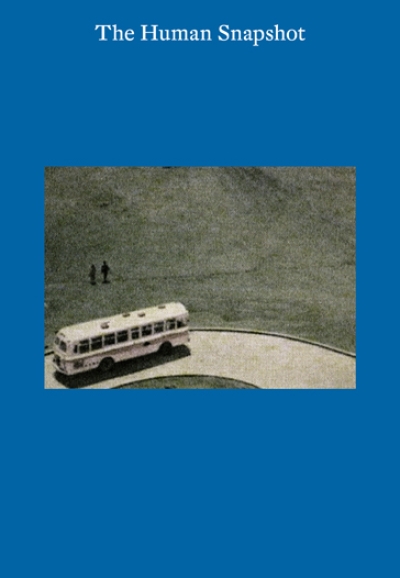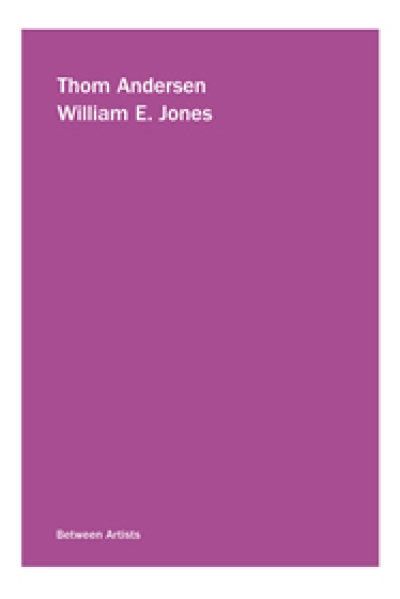gerade nicht auf Lager
Torsten Blume, Christian Hiller (Hg.)
Mensch - Raum – Maschine. Bühnenexperimente am Bauhaus
Richard Birkett (Ed.)
and Materials and Money and Crisis
gerade nicht auf Lager
Tactical Technology Collective
Visualising Information for Advocacy
gerade nicht auf Lager
Emma Lavigne
Pierre Huyghe
IDEA Magazine
IDEA 362. Poetics of Graphic Language. Contemporary…
gerade nicht auf Lager
Anna Feigenbaum, Fabian Frenzel,…
Protest Camps
Gianni Politi
The Ritual of the Snake
gerade nicht auf Lager
Andrew Hemingway
The Mysticism of Money. Precisionist Painting and Machine…
gerade nicht auf Lager
Karl-Siegbert Rehberg, Paul Kaiser (Hg.)
Bilderstreit und Gesellschaftsumbruch. Die Debatte um die…
Neil Brenner (Ed.)
Implosions / Explosions. Towards a Study of Planetary…
gerade nicht auf Lager
Silke Langenberg (Hrsg.)
Das Marburger Bausystem. Offenheit als Prinzip
gerade nicht auf Lager
Langley, Pearce, Worth (Ed.)
After Butler's Wharf. Essays on a Working Building
gerade nicht auf Lager
Sven Völker (Ed.)
Some Book. Graphic Expressions between Design and Art
gerade nicht auf Lager
Juergen Teller
Common Ground. In Photographs
gerade nicht auf Lager
Jochen Eisenbrand
George Nelson. Ein Designer im Kalten Krieg
gerade nicht auf Lager
Joanne Finkelstein
Fashioning Appetite. Restaurants and the Making of Modern…
Gunnar Hindrichs
Die Autonomie des Klangs - Eine Philosophie der Musik
gerade nicht auf Lager
Juliane Rebentisch
Theorien der Gegenwartskunst
Daniel Irrgang, Clemens Jahn (Hg.)
Forum zur Genealogie des MedienDenkens II. Siegfried…
Texte zur Kunst Heft 92
Architecture / Architektur
Philipp Misselwitz, Eui Young Chun,…
Gwangju Folly II
Aleksandra Mir
The Space Age. Poster Book
Sergio B. Martins
Constructing an Avant-Garde. Art in Brazil 1949-1979
Ali Nemerov, Emily Wei Rales (Eds.)
Peter Fischli, David Weiss
Centrum Architektury (Ed.)
For Example. New Polish House. A Book
gerade nicht auf Lager
John Grindrod
Concretopia. A Journey Around the Rebuilding of Postwar…
gerade nicht auf Lager
Grzegorz Piątek
AR/PS. The Architecture of Arseniusz Romanowicz and Piotr…
metroZones 13
Global Prayers. Contemporary Manifestations of the…
gerade nicht auf Lager
Beatriz Preciado
Testo Junkie. Sex, Drugs, and Biopolitics in the…
Rajan V. Ritoe (Ed.)
Future Times Square. Compression vs. Distribution
Luis Burriel Bielza
Le Corbusier. La passion des cartes
gerade nicht auf Lager
Douglas Kahn
Earth Sound Earth Signal
Dietmar Offenhuber, Carlo Ratti (Hg.)
Die Stadt entschlüsseln. Wie Echtzeitdaten den Urbanismus…
Dietmar Dath, Swantje Karich
Lichtmächte. Kino – Museum – Galerie – Öffentlichkeit
Yael Bartana
Wenn Ihr wollt, ist es kein Traum. If you will it, it is…
Julia Czerniak (Ed.)
Formerly Urban. Projecting Rust Belt Futures
Stefan Römer
The ups and downs of Stan Back
Robert Lippok
Steady Unsteady
Deborah Ligorio
Survival Kits
Barbara Vinken
Angezogen. Das Geheimnis der Mode
Heimo Lattner
A Voice That Once Was In One's Mouth
Martha Buskirk
Creative Enterprise. Contemporary Art Between Museum and…
gerade nicht auf Lager
Turit Fröbe
Die Kunst der Bausünde
IFA (Ed.)
Future Perfect. Contemporary Art from Germany
gerade nicht auf Lager
Wilfried Wang, Dan Sylvester (Hg.)
Hans Scharoun. Philharmonie
Chair of Prof. Dr. Josep Lluís Mateo…
Middle East. Landscape City Architecture
Volko Kamensky, Julian Rohrhuber (Hg.)
Ton. Texte zur Akustik im Dokumentarfilm
Anna Schober
The Cinema Makers. Public Life and the Exhibition of…
von Borries, Ahlert, Fischer (Hrsg.)
Die Berliner Weltverbesserungsmaschine. Die Rekonstruktion…
Friedrich von Borries, Jens-Uwe Fischer
Die Berliner Weltverbesserungsmaschine. Die Geschichte (…
Sven Lütticken
History in Motion. Time in the Age of the Moving Image
Kevin C. Smith
Recombo DNA. The Story of Devo, or How the 60s Became the…
Bastian Lange, Gottfried Prasenc,…
Ortsentwürfe. Urbanität im 21. Jahrhundert
Claudia Mareis, Matthias Held, Gesche…
Wer gestaltet die Gestaltung? Praxis, Theorie und…
Jean-Luc Nancy
Äquivalenz der Katastrophen (Nach Fukushima)
gerade nicht auf Lager
Rem Koolhaas, Hal Foster
Junkspace with Running Room
Hilke Wagner, Axel Wieder (Eds.)
Susanne Kriemann
Lionel Bovier
Paulina Olowska. Book
Anri Sala
Ravel Ravel Unravel
Anne Huffschmid, Kathrin Wildner (Hg.)
Stadtforschung aus Lateinamerika: Neue urbane Szenarien.…
gerade nicht auf Lager
Jonathan Crary
24/7. Late Capitalism and the Ends of Sleep
Thomas Keenan, Tirdad Zolghadr (Eds.)
The Human Snapshot
Between Artists
Thom Andersen / William E. Jones
Heidrun Holzfeind
Strictly Private
gerade nicht auf Lager
Doreen Mende, Estelle Blaschke, Armin…
Doppelte Ökonomien / Double Bound Economies
Bernadette Corporation
Reena Spaulings. A Novel by Bernadette Corporation
gerade nicht auf Lager
Peter Osborne
Anywhere or Not at All. The Philosophy of Contemporary Art
gerade nicht auf Lager
Richard Shone, John-Paul Stonard (Ed.)
The Books that Shaped Art History. From Gombrich and…
gerade nicht auf Lager
Flora Samuel, Inge Linder-Gaillard
Sacred Concrete. The Churches of le Corbusier
gerade nicht auf Lager
Unit Editions (Ed.)
Jurriaan Schrofer (1926-90). Restless typographer
gerade nicht auf Lager
Kerstin Faber, Philipp Oswalt (Hg.)
Raumpioniere in ländlichen Regionen. Neue Wege der…
gerade nicht auf Lager
Michael Hensel
Performance-Oriented Architecture. Rethinking Architectural…
gerade nicht auf Lager
Christoph Menke
Die Kraft der Kunst
gerade nicht auf Lager
T. J. Demos
Return to the Postcolony
IDEA Magazine
IDEA 357. Architecture in Print: The Development of…
gerade nicht auf Lager
Ronan & Erwan Bouroullec
Drawing
Klaus Zwerger
Das Holz und seine Verbindungen. Traditionelle Bautechniken…
gerade nicht auf Lager
Wolfgang Müller
Subkultur Westberlin 1979–1989 - Freizeit
Abäke, Bernadette Corporation, Laurenz…
Sonderedition Zwölf Taschen für Pro qm
gerade nicht auf Lager
Ja, Panik
Schriften. Erster Band
gerade nicht auf Lager
Maurizio Lazzarato
The Making of the Indebted Man. An Essay on the Neoliberal…
gerade nicht auf Lager
Folio Series
Institutions by Artists. Volume One
Lucius Burckhardt
Design ist unsichtbar. Entwurf, Gesellschaft und Pädagogik
Dietmar Kammerer (Hg)
Vom Publicum. Das Öffentliche in der Kunst
Studienhefte Problemorientiertes Design…
Lucius Burckhardt. Design heisst Entwurf
gerade nicht auf Lager
Studienhefte Problemorientiertes Design…
Horst Rittel. Die Denkweise von Designern
gerade nicht auf Lager
Blind Gallery (Hg.)
Wim Crouwel
gerade nicht auf Lager
Tacet #01
Who is John Cage?
gerade nicht auf Lager
Enqvist, Masucci, Rosendahl, Widenheim…
Work, Work, Work A Reader on Art and Labour
gerade nicht auf Lager
Susan Hiller
Song Book (Die Gedanken sind frei)
gerade nicht auf Lager
Markus Miessen
Albtraum Partizipation
gerade nicht auf Lager
Marijke Steedman (Hg.)
Gallery as Community. Art, Education, Politics
gerade nicht auf Lager
Afterall Books (Hg.)
From Conceptualism to Feminism: Lucy Lippard's Numbers…
gerade nicht auf Lager
Claire Bishop
Artificial Hells. Participatory Art and the Politics of…
gerade nicht auf Lager
Catherine de Smet, Sara De Bondt (Hg.)
Graphic Design: History in the Writing (1983–2011)
gerade nicht auf Lager
Elke Krasny (Hg.)
Hands-On Urbanism 1850 - 2012
gerade nicht auf Lager
Jost Hochuli
Das ABC eines Typografen
gerade nicht auf Lager
M. Ziehl, S. Oßwald, O. Hasemann, D.…
Second Hand Spaces. Recycling Sites Undergoing Urban…








































